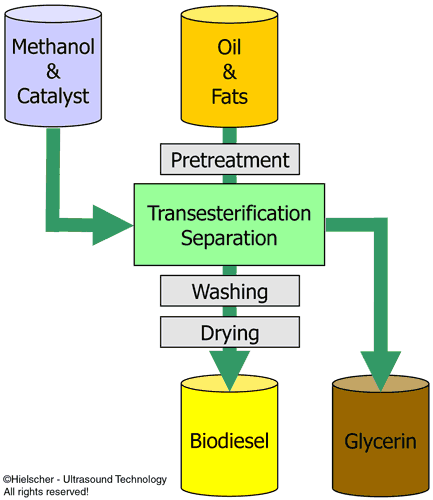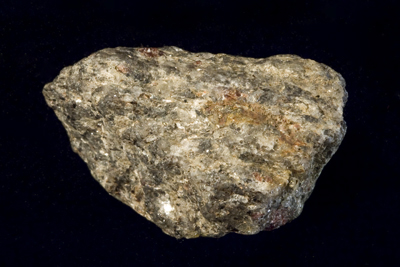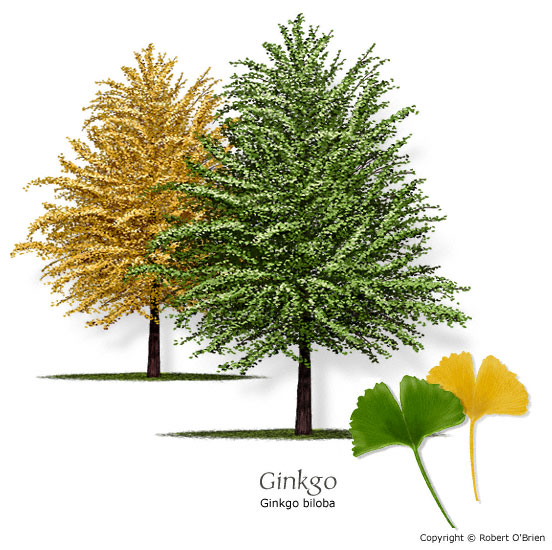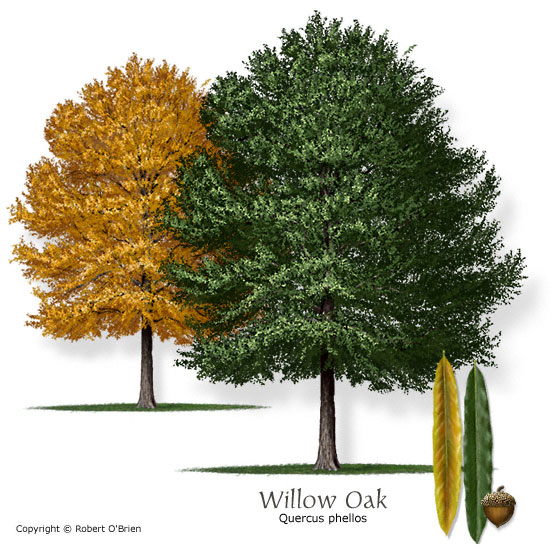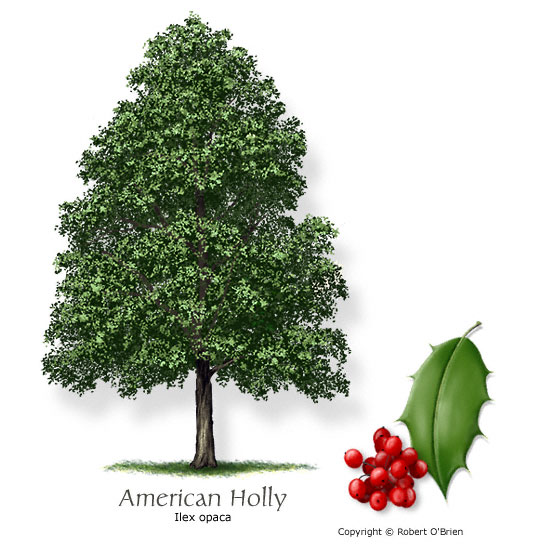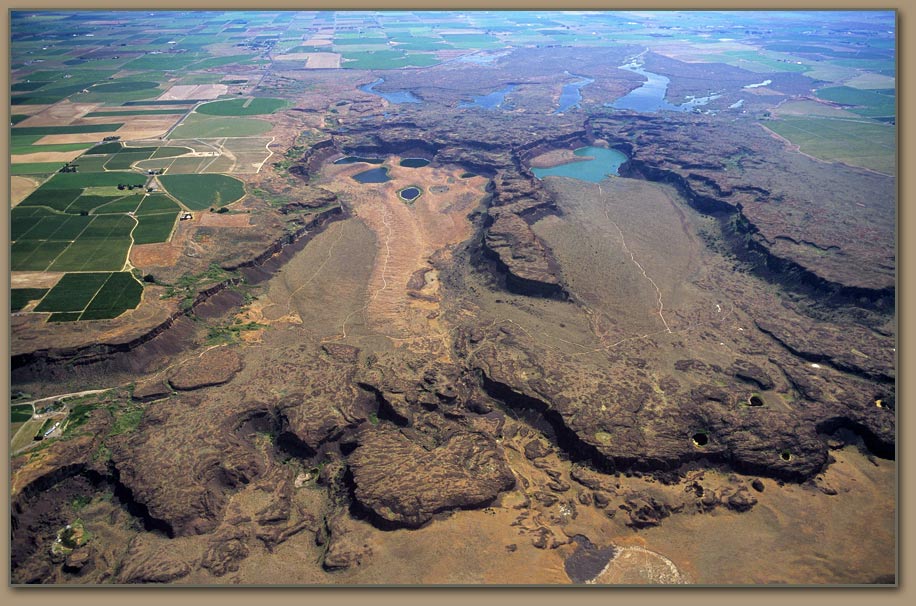Over the past week or so, we have been doing something quite interesting in environmental science, or at least I find it interesting. We have been calculating the sun's path in our sky with some polar graph paper, measuring tape, a compass and some shadow to measure.
Despite the fact that it was fun to do, it was a bit difficult, so if you want a more accurate depiction of where the sun is, try SunCalc.net. It shows you where the sun should be at any time, on any given day of the year in any part of the world. It is actually pretty cool so you should check it out.
I went out and calculated my data on the 5th of November though I got several data points, I should have gotten an earlier one than 10:30, the first part of my polar graph is a bit more of an estimate than anything else. The data I gathered is included on the picture below though I used easycalculation.com to find the angle of the triangles using the opposite and adjacent data that I gathered, the opposite number coming from the object standing upright and the adjacent came from the length of the shadow.
To the left is a picture of my raw data. The bottom triangles are data points that I picked up a few weeks earlier than the data of the triangles up at the top which was taken on November 5. The data up top is what was attempted to be graphed on the lower half of the polar graph paper. The curving purple line is what the graph should look like, or at least close and as you can see the points do not follow that at all. The long purple lines radiating out from the center are the supposed sunrise and sunset areas. Strange as it was, the 10:30 and 12 were both in the same strange place both times I did the math and I couldnt quite figure it out. We actually worked with my numbers in class and it looks a bit better in the cleaned up picture down below.
Below is a picture of the more finished and cleaned up polar graph chart. In the upper right hand corner is the data a bit better laid out and the dots seen on the graph are the results of what was calculated. The yellow line is the supposed curve of the graph that I ended up coming up with.
Overall, It looks similar to what SunCalc shows me (a picture of which is below), but I feel that the line is perhaps too high on the chart and there is not enough curve to it. Ah well, humans error so perhaps I did something wrong with finding the numbers.



